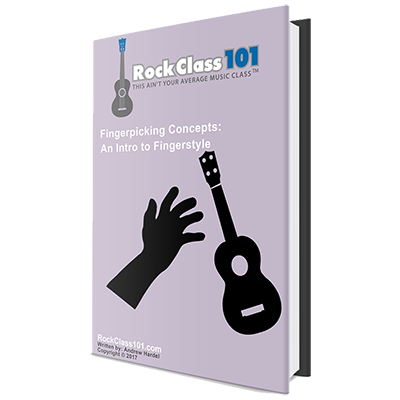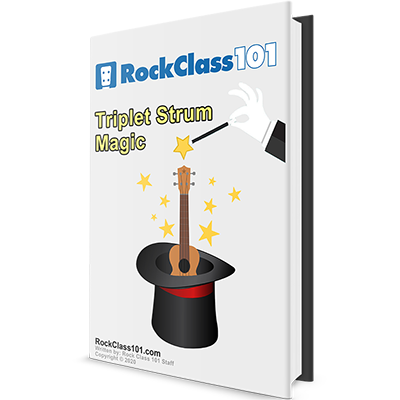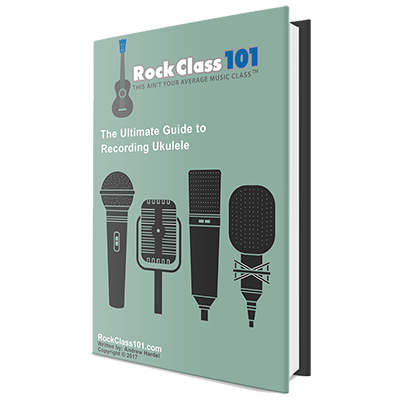An Introduction to Reading Standard Notation
The BEST way to gain a thorough understanding of rhythm and timing is by learning to read standard notation. If we break music down into three parts, it consists of: melody, harmony (chords), and rhythm. Oftentimes an ukulele player is only well-versed in reading tablature. But herein lies the problem… Tablature only shows you how to play two of the three parts of music (melody and harmony); therefore you are left in the dark when it comes to rhythm.
This course sets out to fill in that missing gap by providing a comprehensive overview on the fundamentals of written music. We’ll start at the beginning with the rudiments of music (learning what a staff is and where the notes fall onto it), deep dive into simple and syncopated rhythms, and master reading notes and chords in first position (frets 0-4). Along the way, you’ll be challenged with exercises and performance pieces that help to strengthen your knowledge of notes on the fretboard.












